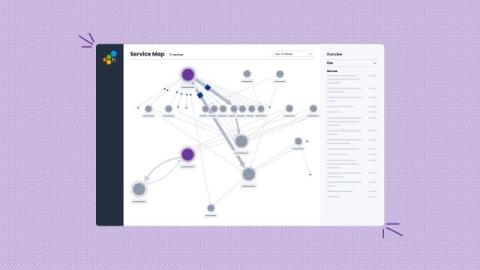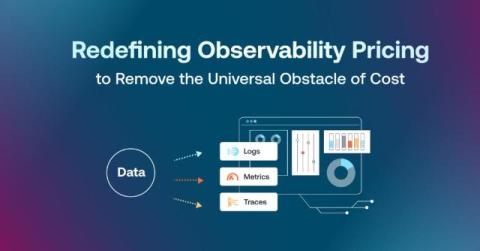SolarWinds closes the market's hybrid IT observability gap, accelerating transformations for customers
The next generation of SolarWinds Observability delivers innovative and comprehensive full-stack visibility across all IT environments-on-premises, cloud, or hybrid-with flexible self-hosted and SaaS deployment options.











